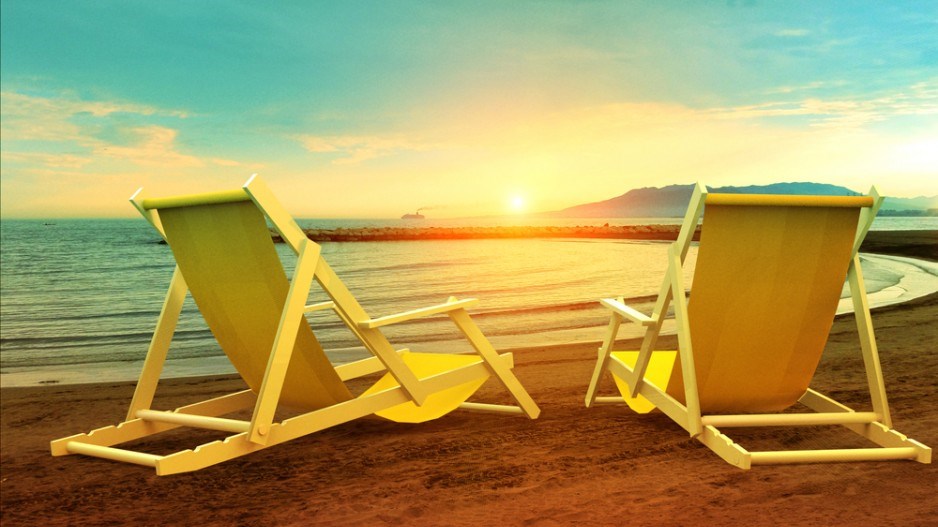BIV special report: As B.C. summers bring longer and more frequent stretches of extreme weather, the province’s businesses grapple with the challenge of rising costs, threats to natural resources and changes in consumer spending patterns.
British Columbians tend to spend about as much during peak summer months as they do during late spring, but their buying patterns change, particularly during periods of intense heat, according to analysts.
There is also a catch-22: consumers are unlikely to head outside to go shopping when temperatures soar into an uncomfortably hot range, but when those people do go out, they are more likely to stay in air-conditioned stores or malls longer than they would otherwise.
“When people stay in stores longer, studies show that they tend to spend more money,” said University of Alberta marketing professor Kyle Murray.
The phenomenon of people heading out to malls or stores during heat waves because of intense heat outside may be more pronounced in Vancouver than in other parts of Canada because the percentage of Vancouverites who have home air conditioning is lower than in other metro centres in Canada, he added.
“We did research on the effects of weather on consumer spending during any kind of bad weather, whether it was a snowstorm or extreme heat or a hard rain, and it has the obvious effects – people stay home if they are comfortable there,” he said. “[Otherwise] they look to other places to escape the weather.”
Murray said shopping in hot weather could be like shopping for groceries when hungry – people are more likely to make impulse purchases and to spend more money than they would otherwise on what they view as essentials.
A 2016 study by retail analytics provider Blue Yonder found that in the U.K., consumers were willing to pay up to 7% more on so-called heat-wave survival items: ice cream, suntan lotion, cold drinks, barbecue food, bikinis and deodorant.
Research Co. principal Mario Canseco found in an August 13-14 survey of 800 adults that B.C. residents are spending a lot more this summer than they were last summer on a range of items, but that the impulse purchase of ice cream is far and away what most people are splurging on.
“Look at the number of millennials who say that they are spending more on ice cream,” he said. “It’s 85%. That’s pretty insane.”
More than half of the subjects in each age bracket in Canseco’s survey said they are spending more on ice cream this year than last year.
In contrast, an average of only 15% of all of those surveyed were spending more this summer than last summer on appliances.
It may be that people are more willing to splurge on small luxuries, he suggested, noting that appliances such as air conditioners are more durable items that are purchased to last many years.
To read another story in this series about how ice-cream sellers and other restaurant owners tweak their small businesses to thrive in hot weather, click here.
Non-seasonally adjusted retail sales in B.C. showed total spending ramped up between January and June last year before fading until December, when holiday spending was in full swing, according to Statistics Canada.
As may be predicted, given the uptick in vacation travel, sales of gasoline were higher in July and August last year than in any month since then except for May, which is the last month for which numbers are available.
“Statistics show that people drive more in the summer months,” said Central 1 Credit Union deputy chief economist Bryan Yu. He added that gasoline prices often spike in the summer and that this is something that also pumps up total gasoline sales.•




